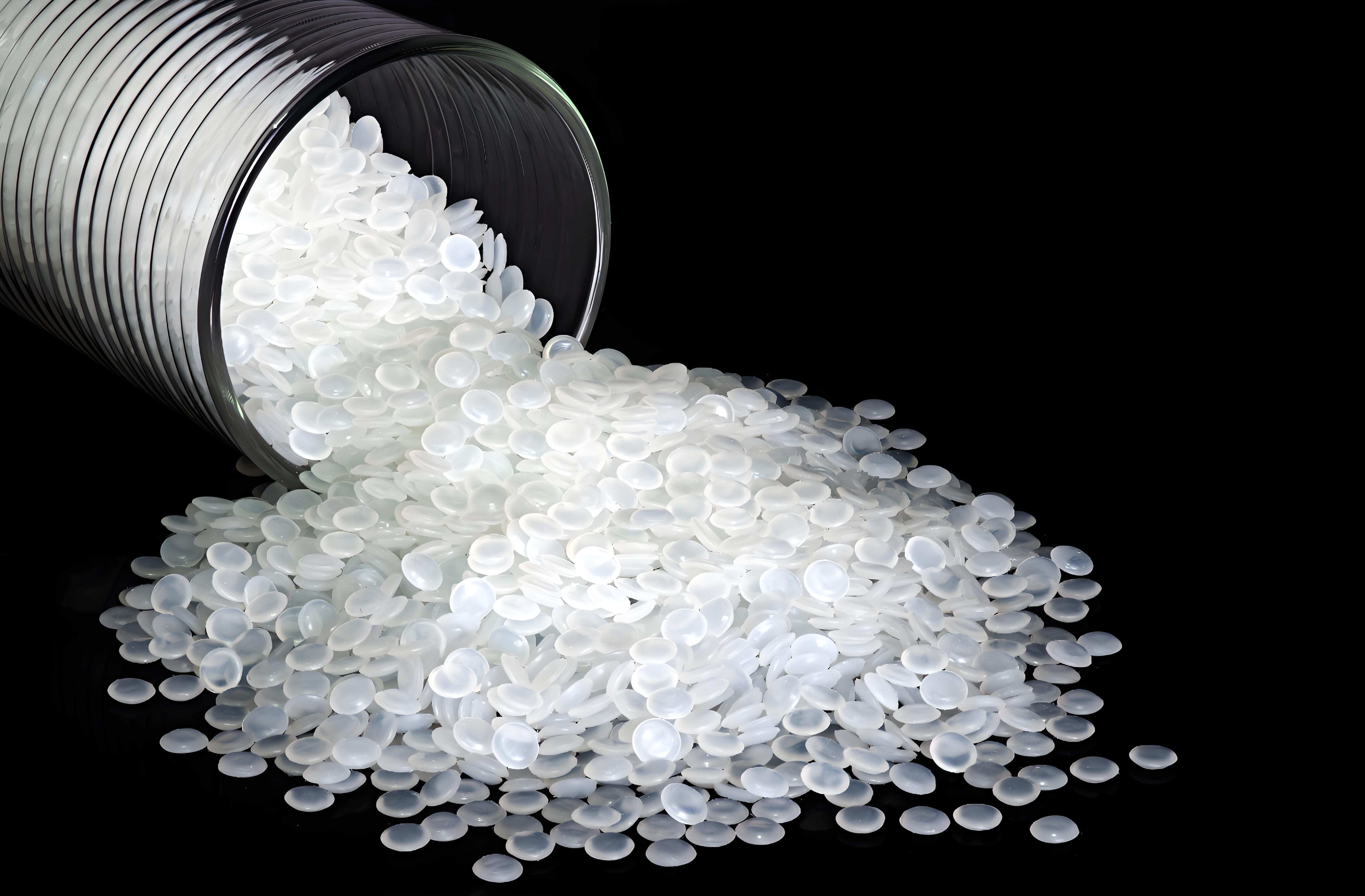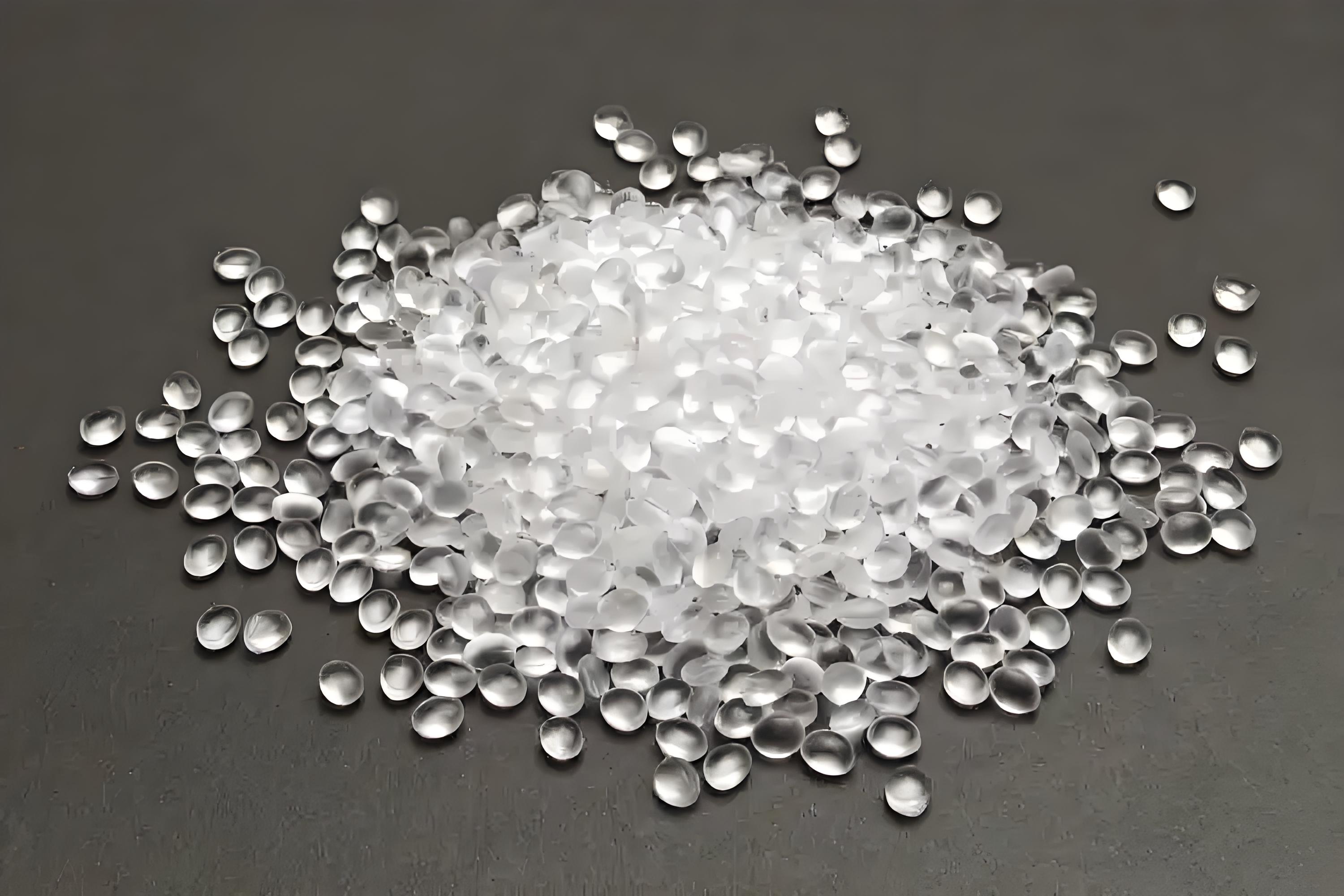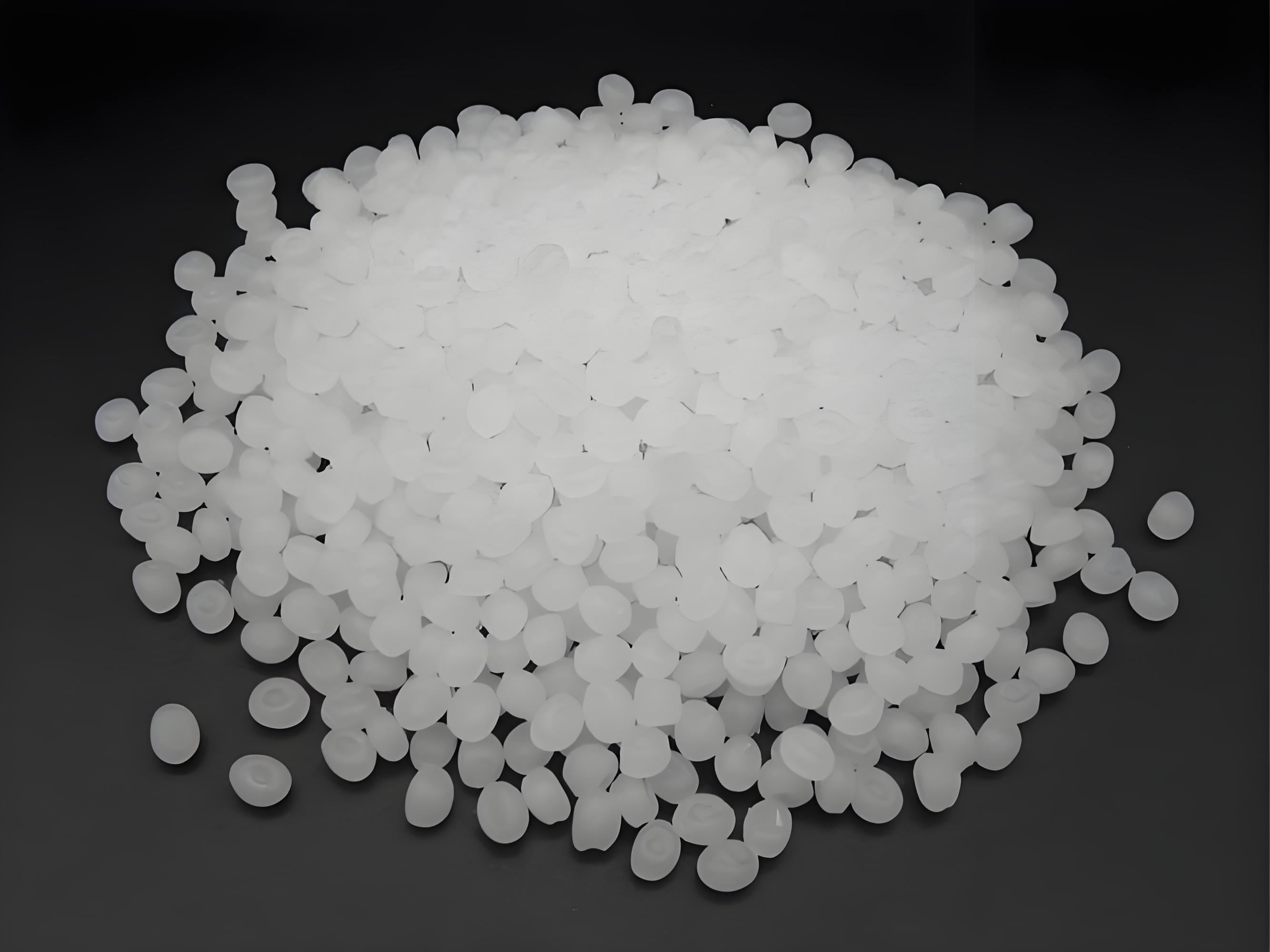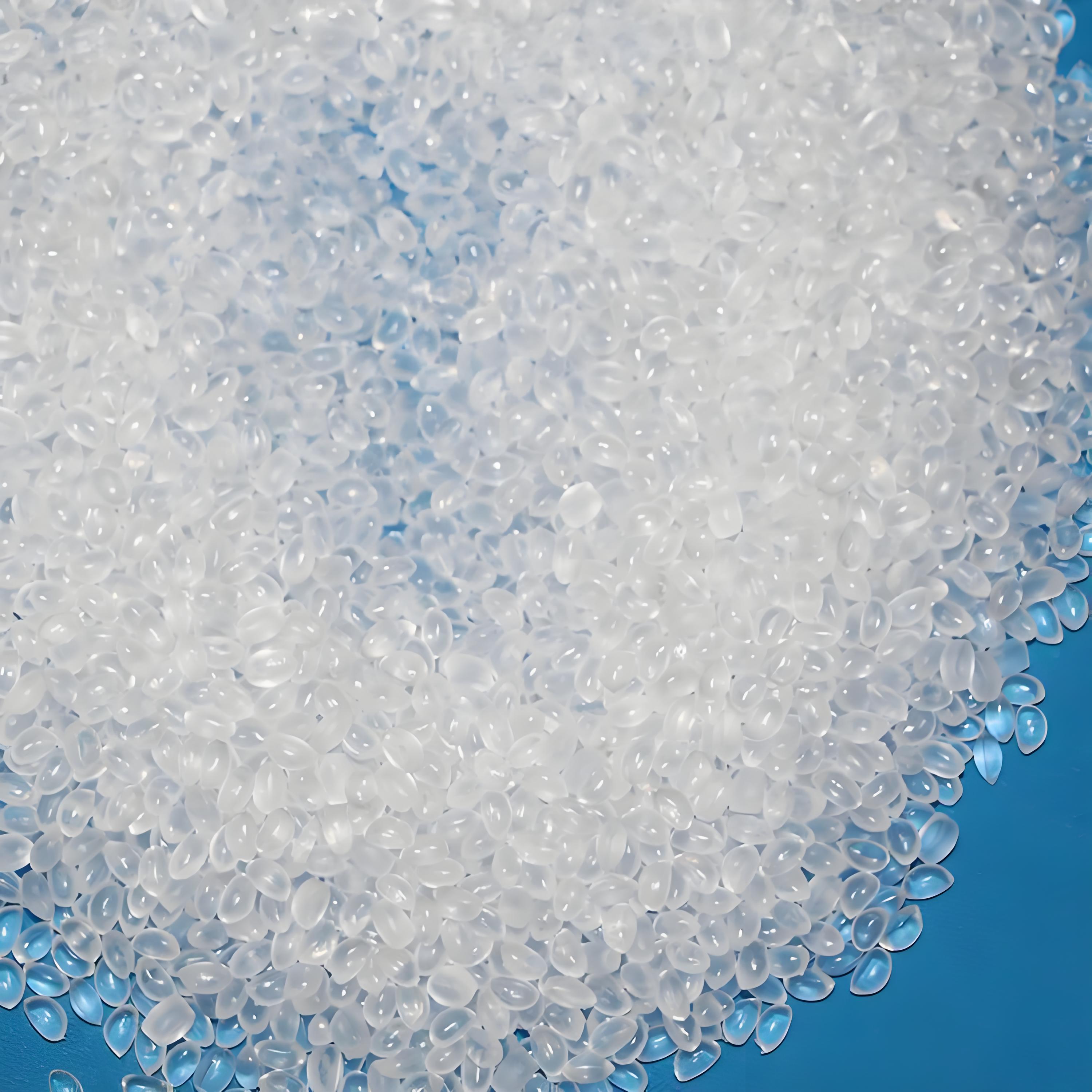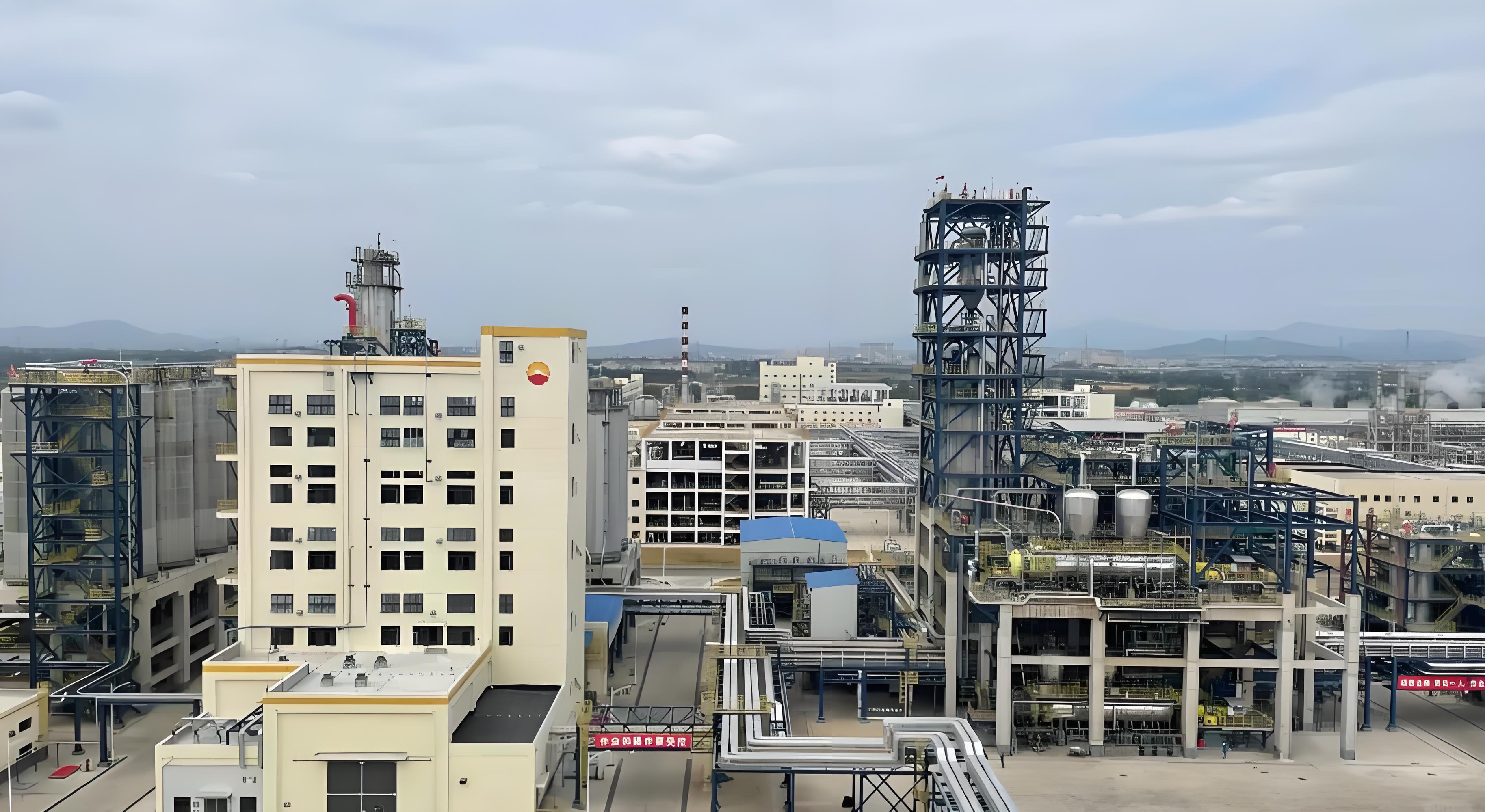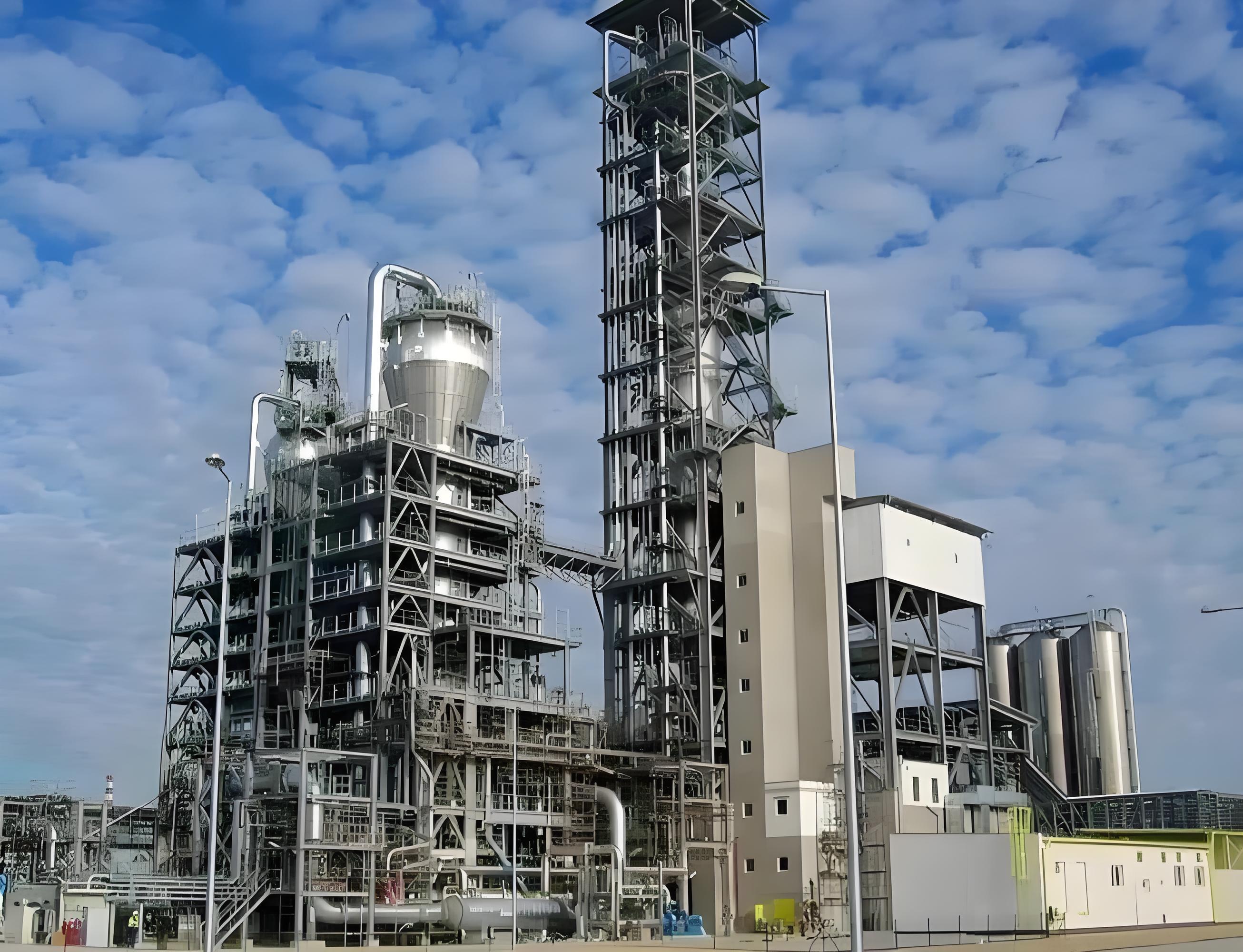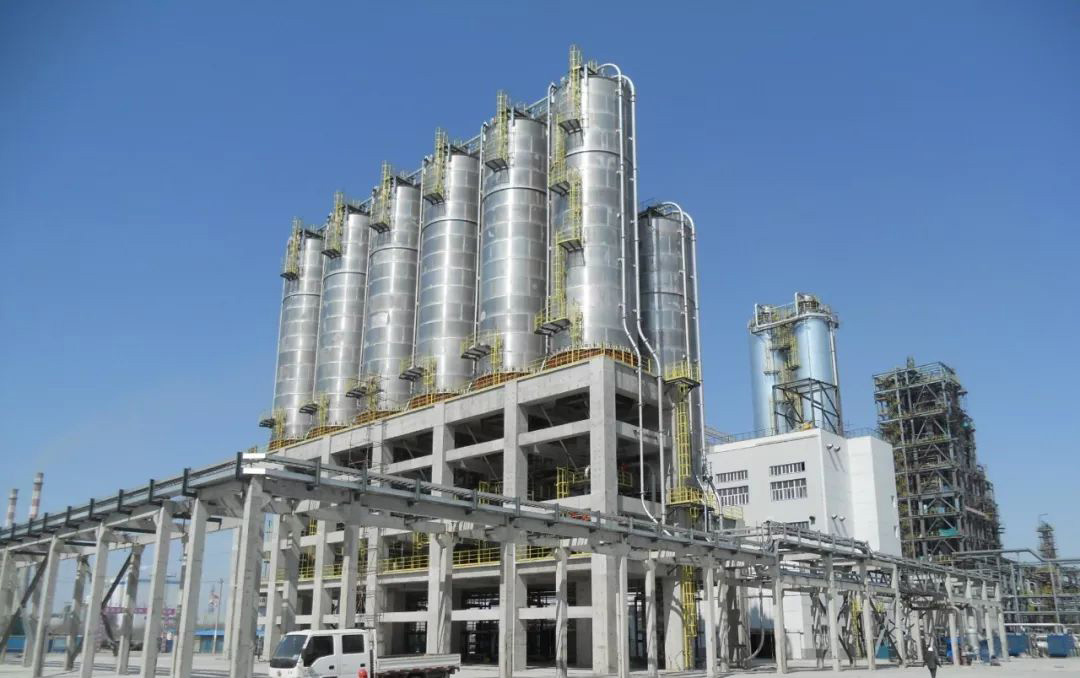Polypropylene PP pneumatic conveying
Shandong Dongkai can provide turnkey projects such as process demonstration, design, equipment production, equipment installation, and system debugging for polypropylene PP pneumatic conveying systems based on the actual production and on-site layout of polypropylene PP materials.
Polypropylene (PP) is a semi crystalline thermoplastic polymer made from propylene monomer through addition polymerization reaction. It usually appears as a white waxy solid, non-toxic, odorless, transparent in appearance, and lightweight in texture. Its chemical formula is (C3H6) n, with a density of 0.89-0.92 g/cm3, making it the least dense thermoplastic resin; The melting point is 164-176 ℃, softening at around 155 ℃, and the operating temperature range is -30 ℃ to 140 ℃
Physical and chemical properties:
1. Colorless, odorless, tasteless, non-toxic, it is the lightest resin commonly used.
2. Excellent mechanical properties, including tensile strength, compressive strength, and hardness, outstanding rigidity, and bending fatigue resistance. The movable hinge made of PP can withstand more than 7 × 107 folding and bending cycles without damage, but temperature has a significant impact on impact strength. Impact strength is higher above room temperature, but poor impact resistance at low temperatures. The tensile strength of PP is generally 21-39 megapascals; The bending strength is 42-56 megapascals, the compression strength is 39-56 megapascals, the elongation at break is 200%~400%, the notch impact strength is 2.2-5 kJ/m2, and the low-temperature notch impact strength is 1-2 kJ/m2. Rockwell hardness R95~105. Its mechanical properties are related to relative molecular weight, crystal size, and crystallinity. When the relative molecular weight is low, the crystallinity is high, and the spherulite size is large, the rigidity of the product is high but the toughness is low.
3. Good heat resistance, can be used above 100 ℃, can reach 120 ℃ under light load, can reach a maximum continuous use temperature of 120 ℃ under no-load conditions, and has a short-term use temperature of 150 ℃. Good resistance to boiling water and steam, especially suitable for preparing medical high-pressure disinfection products. Its coefficient of linear expansion is 5.8~10.2 × 10-5 K-1, and its thermal conductivity is about 0.15~0.24 W/(m · K), which is lower than the thermal conductivity of polyethylene, making it a good insulation material.
4. Good chemical stability, except for strong oxidants, it does not interact with most chemical drugs; At room temperature, solvents cannot dissolve PP, only some halogenated compounds, aromatic hydrocarbons, and high boiling point fatty hydrocarbons can make it swell, such as soluble in tetrahydronaphthalene, decahydronaphthalene, and 1,2,4-trichlorobenzene at high temperatures.
5. PP has excellent electrical insulation performance, and the influence of environmental and electric field frequency changes on its electrical performance is not significant. It is an excellent dielectric material and electrical insulation material, and can be used as a high-frequency insulation material.
6. Due to the presence of many tertiary carbon atoms with methyl groups on the main chain of PP, the hydrogen on the tertiary carbon atoms is easily attacked by oxygen, resulting in poor weather resistance and degradation of PP under the action of oxygen and ultraviolet radiation. PP powder without stabilizers will experience a decrease in performance after being stored indoors for 4 months, and will become brittle after being aged at 150 ℃ for 0.5-3.0 hours or exposed to sunlight for 12 days. Therefore, antioxidants, light stabilizers, or UV absorbers must be added during production.
7. PP is flammable with an oxygen index of only 17.4, and a large amount of flame retardant needs to be added for flame retardancy; The oxygen permeability is relatively high, which can be improved by surface coating with a barrier layer or multi-layer co extrusion; Poor transparency, can be improved by adding nucleating agents; Poor surface polarity and good chemical resistance, but poor secondary processing properties such as printing and bonding. Surface treatment, grafting, and blending can be used to improve this.
